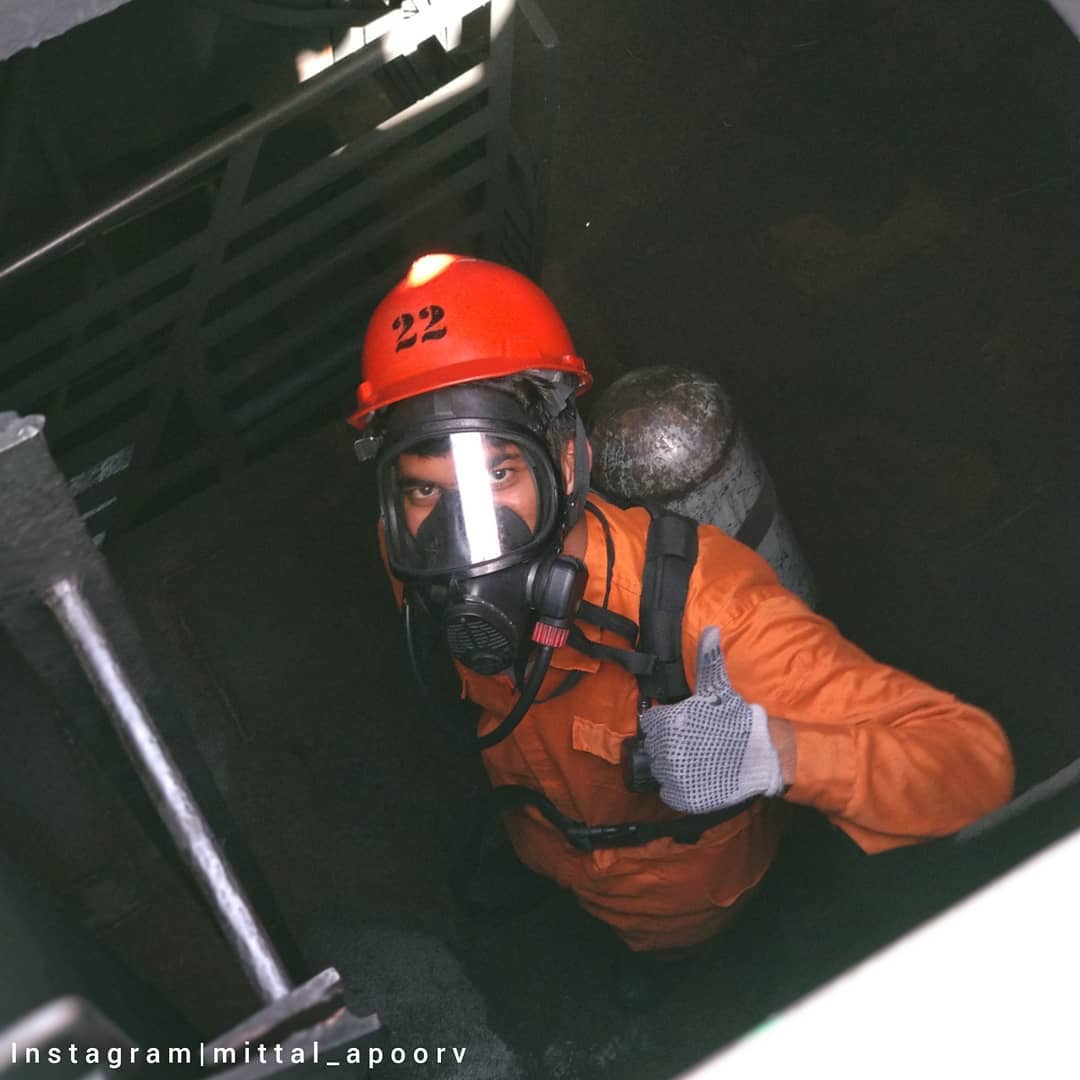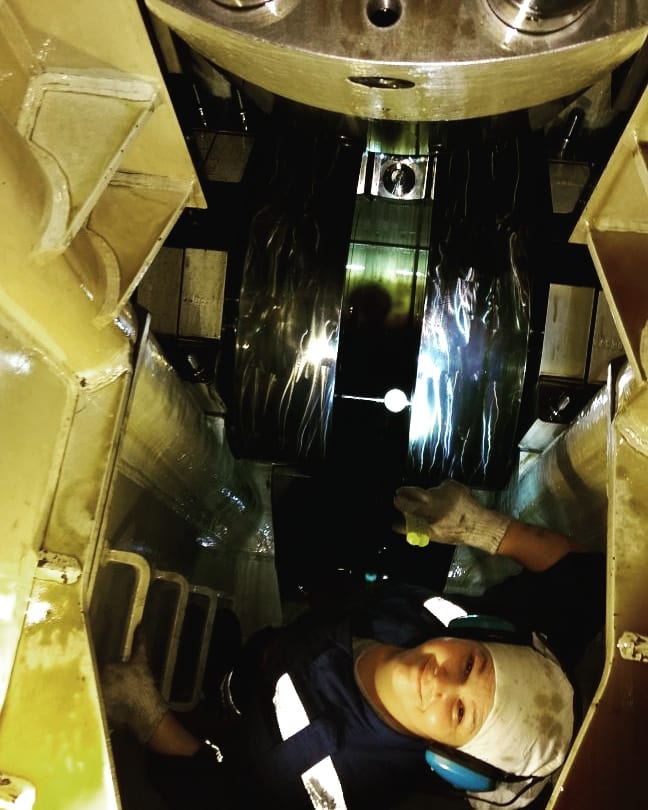In this article a thorough discussion about the enclosed spaces and precaution that need to be taken by any personal while entering into it, has been discussed. Over the year many seafarers have lost
their lives due to some or other type negligence done while entering in to the enclosed space. So what is about enclosed spaces that make us to take so many steps before entering in to? Let’s find out answer to these questions in detail.
What is enclosed space entry on ship?
As name suggests, it is a type of cavity or space that is normally closed all time, and any type of illumination, or ventilation does not take place in it for long time. Due to these factors, toxic gases tend to accumulate in them and posses an utmost threat to anyone who is entering in to these cavities. Generally chain locker room, cofferdam, tanks (oil), pump room and crankcase comes under these
types of spaces. All personal onboard ships that can or may take part in any type work related to these spaces or to be done on them, should thoroughly aware about the consequences that may come if proper precautions are not taken. So, it becomes imperative for everyone to have knowledge of precautions that are taken and procedures need to be done before doing any work related to these spaces.
Precaution while entering in to such space
First of all a valid and duly signed work permit is taken from the chief engineer about any work related to these. Numbers of hours that the people doing the job, will take are also written down. Always two personals are involved in this whole process of carrying out any repairs in these spaces.
1) Make sure that all the pipes fitting that are having suction or discharge to these tanks are properly closed. In case of pump room or paint room we can skip this part.
2) Make sure that the valve of these pipelines are properly closed and locked to prevent any type of flow taking place in to these tanks.
3) Then the place need to be cleaned thoroughly, and make sure that there is not contaminants remaining in it. Generally outside these spaces we put a railing to prevent any accidental drop of a tool or a person in to these spaces.
4) Make sure that your CABA set of SCBA equipments are working properly if you are using one of them.
5) Next big thing in this whole process is to ventilate the spaces very well. We have blowers on ship that are used to provide fresh air to these tanks.
6) Before entering into following readings need to be taken
a) Oxygen -21 %
b) Hydrocarbon- less than 1 % of LFL
c) Toxic gases – under regulated PPM
d) According to IMO, prescribed limit is 50% of the TLV.
7) There should be provision for checking the atmosphere continuously when the work in going on in the tanks.
8) Again special attentions need to be taken for ventilation when the work is going on.
9) Proper lighting arrangements need to be done as these spaces are always dark. But the lighting arrangements should be secured type and no spark should take place when this whole work is going on. Because the toxic gases inside may inflammable also.
10) Rescue equipments need to be maintained all time and should be readily available in case any emergency occurs on board.
11) A person should always be guarding the space and should keep an open eye on the person who has gone inside this space. And it very necessary that the person standing outside should be active enough to carry out all these observations. So this was all from this article.




Yes indeed it is a important work to do. A single mistake can prove fatal……